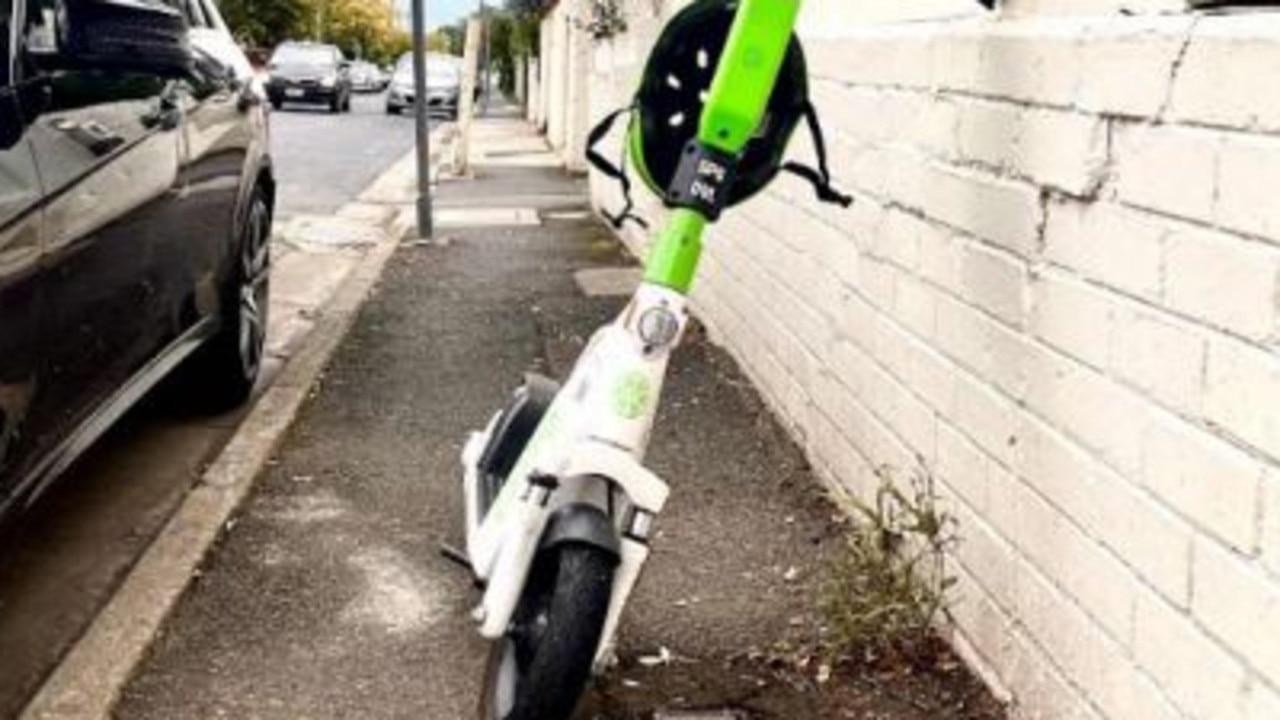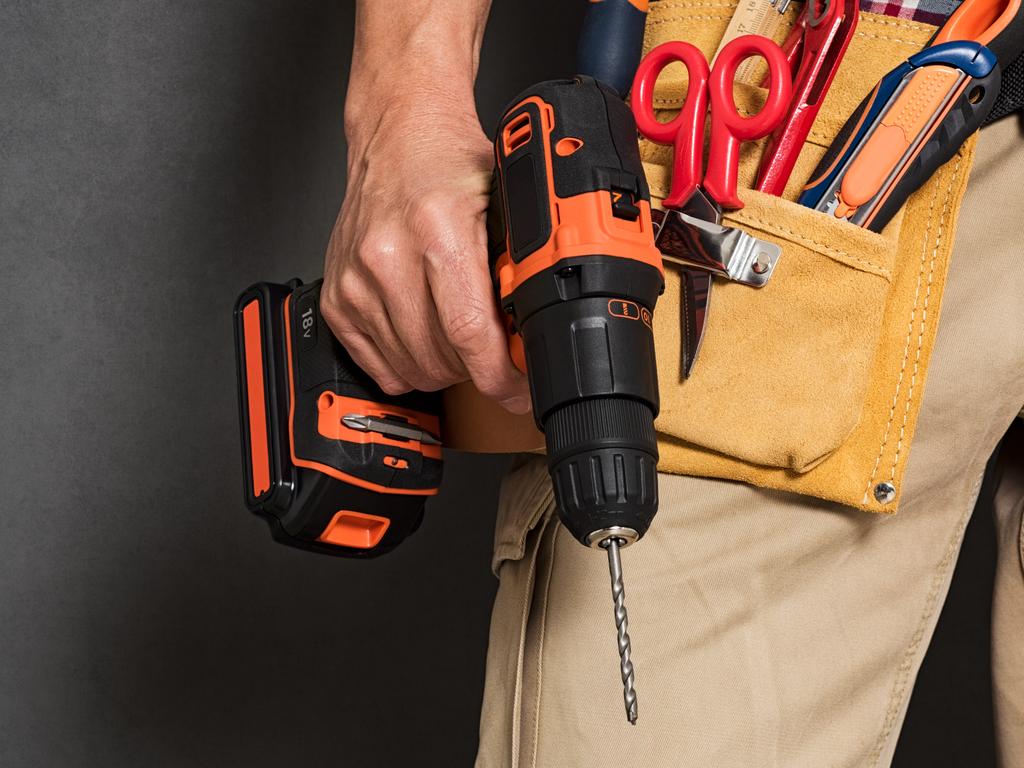E-scooters and vapes make up 95 per cent of admissions to leading burns unit
Electric scooter and vape flash burn victims make up 95 per cent of admissions to Queensland’s top burns unit that treats the most serious of injuries

QLD News
Don't miss out on the headlines from QLD News. Followed categories will be added to My News.
Electric scooter and vape flash burn victims make up 95 per cent of admissions to Queensland’s top burns unit that treats the most serious of injuries.
Referrals from emergency departments to the 18-bed Professor Stuart Pegg Adult Burns Centre (PSPABC) at the Royal Brisbane and Women’s Hospital are rising as surgeons warn of the dangers of lithium-powered devices that do not meet Australian standards.
E-scooters explode in garages, bedrooms, caravans and vapes flare up in trouser pockets.
One patient has suffered burn injuries from a smart watch.
Doctors at the unit have treated one patient who died from burns complications and have performed life-saving surgery on two others patients who required life saving surgery.
The shocking dangers of the devices run by lithium batteries have been exposed in an Australian-first study, conducted in Brisbane and published in the Royal Australasian College of Surgeons’ ANZ Journal.
E-scooters are the leading cause of burns unit admissions at 57 per cent closely followed by vape devices at 37.5 per cent.
Hospitalisations for lithium battery injuries ranged from one day to 65 days. Wound infections are seen in 14 per cent of cases.
Dr Carl Lisec, a burns and general surgeon at PSPABC, and Fellow of the Royal Australasian College of Surgeons, said lithium-ion battery burns are a growing threat.

“It’s not uncommon for lithium-ion batteries to inflict severe harm such as serious burns, blast injuries, smoke inhalation and even fatalities, often in cases of overheating, overcharging, or mechanical damage,” Dr Lisec said.
“In 2022, our unit was involved in the first Australian fatality relating to a lithium-ion battery burn, and since then, we have treated two other patients with major burns (56 and 38 per cent total body surface area), both of whom required multiple, lifesaving operations,” he said.
The fatality involved an e-scooter setting fire to a caravan. The patient suffered inhalation injury and multi-organ dysfunction.
“We propose the surge in incidents correlates with the increasing ownership of lithium-ion battery-powered devices like e-scooters and vapes, as well as the proliferation of cheaply made versions that may not meet Australian safety standards,” Dr Lisec said.
“The risk of severe burns in the event of an e-scooter explosion is significantly higher than in other lithium-ion powered devices.”
The study found that burns from e-scooters were severe, affecting a larger percentage of total body surface and often required single or multiple surgical interventions.
“Vape explosion injuries often resulted in deep burns to the anterior thigh due to devices spontaneously igniting in the user’s front trouser pocket,” Dr Lisec said.
The Royal Australasian College of Surgeons (RACS) has actively advocated for action by the government to prevent further deaths and injuries from the increasing number of fires caused by lithium-ion batteries exploding.
What are lithium-ion batteries?
Lithium-ion batteries are rechargeable batteries that can store more energy in less space than traditional batteries. They are more lightweight and compact than other batteries.
■ are common in e-scooters, e-bikes and vapes
■ power most household rechargeable devices like mobile phones, laptops, power tools and vacuum cleaners
■ come in a variety of shapes, including round (like traditional AA batteries), flat or like a small brick
■ usually have ‘lithium-ion’, ‘Li-ion’, ‘li-po’, ‘lithium-polymer’ or ‘Li+’ printed on them.
What are the risks of rechargeable lithium-ion batteries?
The fire behaviour of rechargeable lithium-ion batteries is more volatile than traditional batteries.
If damaged, faulty or charged incorrectly, they can go into ‘thermal runaway’. This means the chemicals in the battery get hotter and hotter, and can’t cool down.
The batteries can then catch fire, explode, release toxic and flammable vapour, and reignite when the fire seems to be out.

How do I dispose of lithium-ion batteries?
Damaged batteries
■ Lithium-ion batteries with any sign of damage should be treated as damaged and potentially dangerous.
■ Never dispose in general household, recycling, public or industrial bins, as damaged lithium-ion batteries can cause fires.
■ Do not put discarded, damaged lithium-ion batteries or devices in piles.
■ Wear gloves and protective clothing.
■ Be aware of the risks related to damaged lithium-ion batteries.
■ Fire or smoke-damaged batteries should be kept outside in a well-ventilated area.
■ Place leaking or damaged (but not overheated or off-gassing) batteries in a clear plastic bag or container.
■ If safe to do so, damaged lithium-ion batteries may be de-energised before disposal by placing in a large bucket filled with 10 litres of water containing 1 cup of table salt (sodium chloride) for 48 hours. This should be done outdoors in a well-ventilated area.
Undamaged batteries
■ Never dispose in general household or recycling bins, or in industrial bins.
■ Do not put discarded lithium-ion batteries or devices in piles.
■ Tape over battery terminals with electrical tape before giving them to a disposal or recycling facility.
■ Many hardware stores and supermarkets host battery recycling bins.
More information here
Source: Queensland Fire Department




